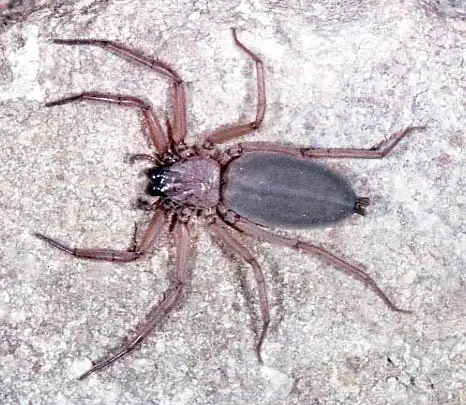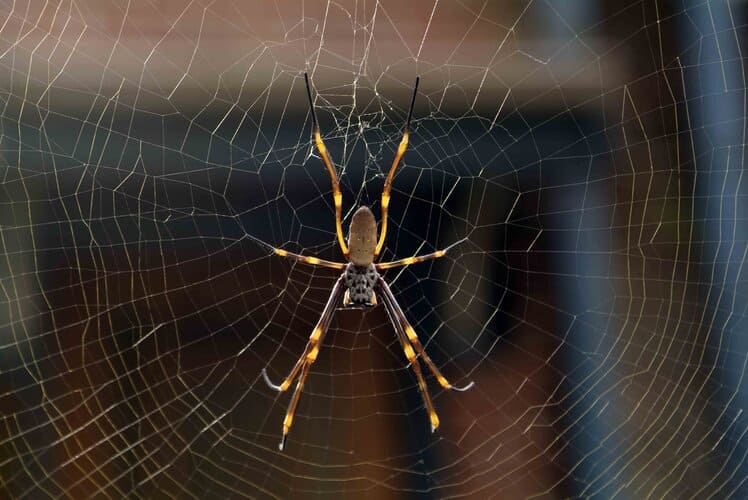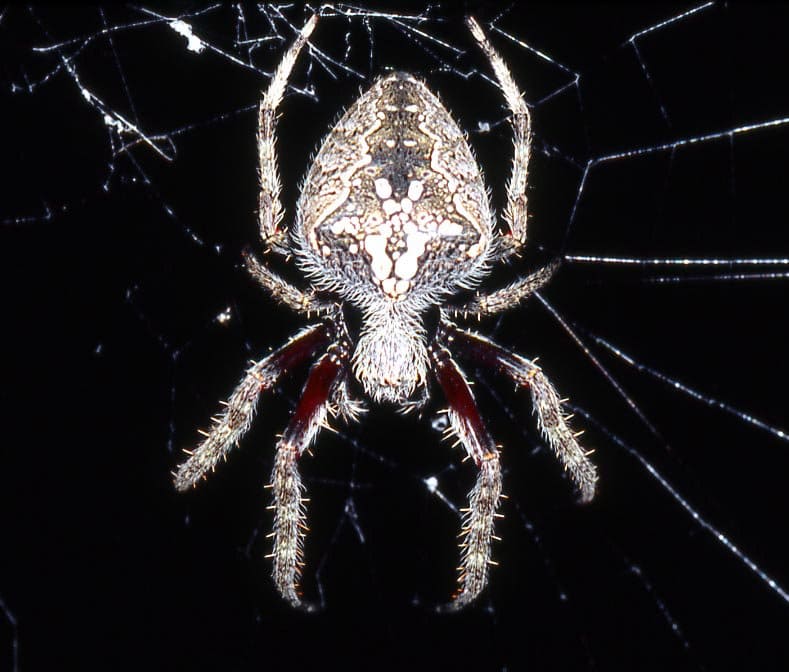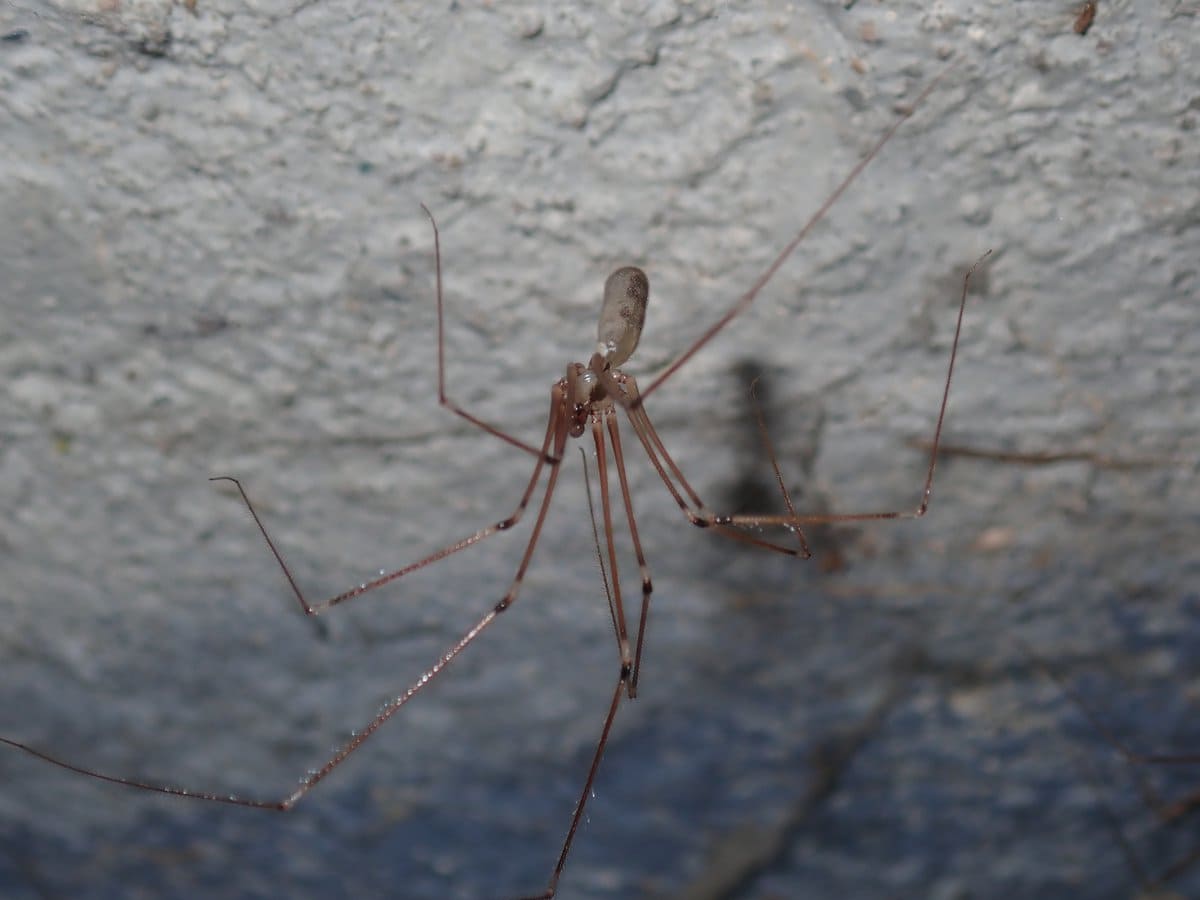
Mouse Spiders
Missulena (e.g. Missulena bradleyi)
Mouse spiders are mygalomorph spiders of the genus Missulena, found mainly i···

Marbled Scorpion
Lychas marmoreus
The Marbled Scorpion commonly refers to small Australian scorpions with a mo···

Magnificent Spider
Ordgarius magnificus
The Magnificent Spider (Ordgarius magnificus) is a striking bolas spider in ···

Lynx Spiders
Oxyopidae (e.g. Oxyopes, Peucetia)
Lynx spiders are active hunting spiders belonging to the family Oxyopidae.Th···

Leaf-curling Spiders
Araneidae (e.g. Phonognatha spp.)
Leaf-curling spiders are orb-weaving spiders that curl a leaf into a shelter···

Jumping Spiders
Salticidae (e.g. Phidippus spp.)
Jumping spiders are members of the family Salticidae, famous for their excel···

Huntsman Spiders
Sparassidae (e.g. Heteropoda spp.)
Huntsman spiders are large, fast-running spiders belonging mainly to the fam···

Hackled Orb-weavers
Uloboridae (e.g. Uloborus spp.)
Hackled orb-weavers are spiders whose capture threads bear a distinctive woo···

Ground Spiders
Gnaphosidae (e.g. Gnaphosa spp.)
Ground spiders are a broad group of mainly ground‑dwelling spiders, most co···

Golden Orb‑weaving Spiders
Araneidae (e.g. Trichonephila spp.)
Golden orb‑weaving spiders are striking members of the family Araneidae tha···

Garden Wolf Spider
Lycosidae (e.g. Lycosa spp.)
Garden wolf spiders are ground‑dwelling members of the family Lycosidae tha···

Garden Orb‑weaving Spiders
Araneidae (e.g. Eriophora spp.)
Garden orb‑weaving spiders are a loose group of species within the family A···

Fringed Jumping Spider
Portia fimbriata
The Fringed Jumping Spider (Portia fimbriata) is a member of the family Salt···

Foliage Webbing Spider
Phryganoporus candidus
OverviewThe Foliage Webbing Spider, Phryganoporus candidus, is a small socia···

Flower spiders
Thomisidae (e.g., Misumena, Thomisus and other flower-dwelling genera)
Flower spiders, often called flower crab spiders, are members of the family ···

Desert Scorpion
Urodacus yaschenkoi
In Australia, the name Desert Scorpion commonly refers to the Yellow Desert ···

Daddy-long-legs Spider
Pholcus phalangioides (and related cellar spiders)
Daddy-long-legs Spider in household contexts usually refers to the cellar / ···

Cupboard spiders
Steatoda grossa (and similar Steatoda spp.)
Cupboard spiders commonly refer to comb‑footed spiders of the family Therid···

Comb‑footed platform spiders
Theridiidae (e.g., Parasteatoda, Steatoda)
Comb‑footed platform spiders refer to members of the family Theridiidae tha···

Carrai Cave Spider
Progradungula carraiensis
The Carrai Cave Spider (Progradungula carraiensis) is a cave‑dwelling gradu···

Black Rock Scorpion
Urodacus manicatus
The Black Rock Scorpion (Urodacus manicatus) belongs to the Australian famil···
